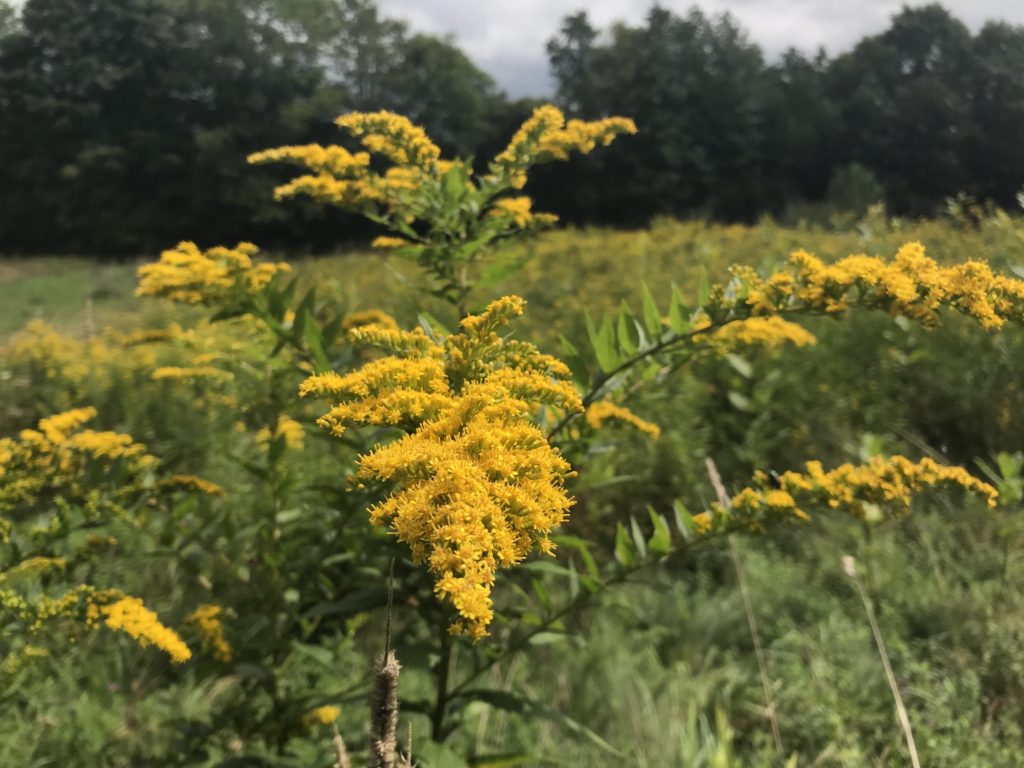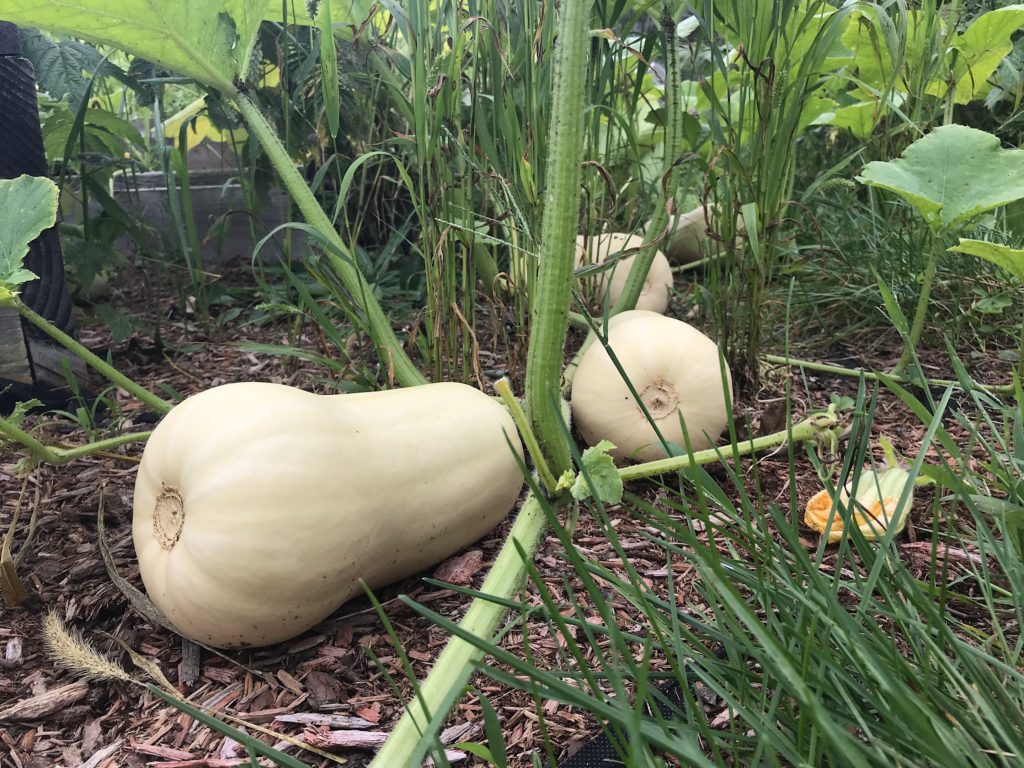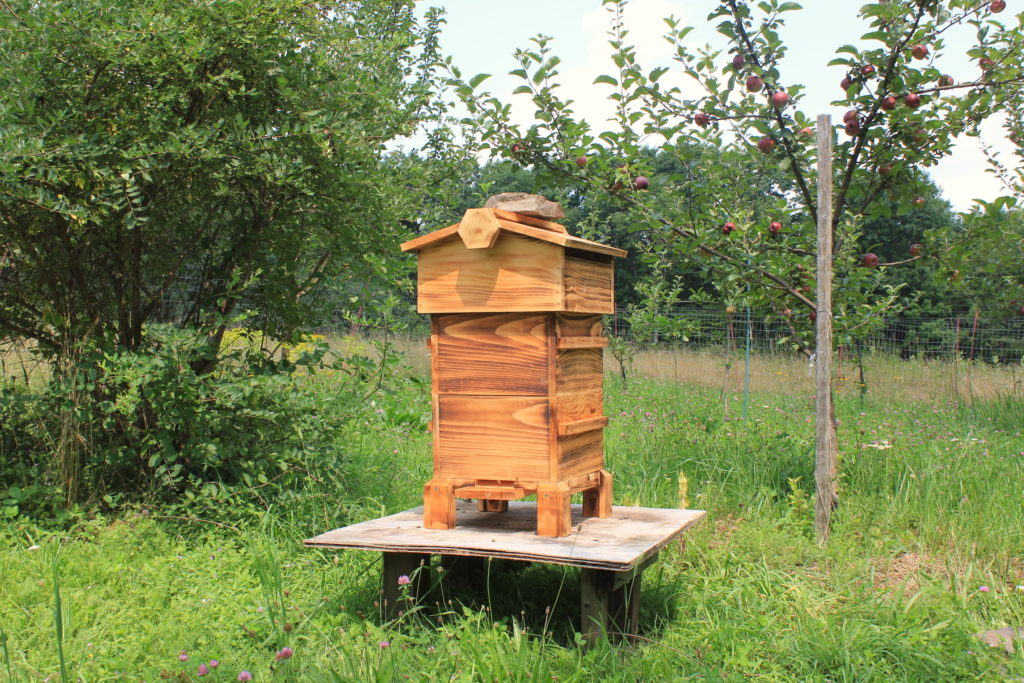Goldenrod is a perennial that grows mostly in direct sunlight, although you can find them in partial sunlight by roadsides. You’ll usually find them in fields and on hillsides and, as the name suggests, they are tall rods (or stems) getting about two to six feet high with loose, floppy clusters of tiny, yellow flowers at the top of the stem that droop over slightly. Thin leaves, two to six inches long, grow all the way down the stem alternately, and are hairy.
We have Goldenrod in abundance – whole fields of it – so taking a few blossoms for tea is sustainable. It’s best harvested in late summer when the flowers are opening. Clip off the yellow blossoms including two or three inches of the stem. Steep three of these fresh blossoms in a cup of hot water to make a delicious fresh tea that tastes similar to a strong green tea. Sweeten with a dash of maple syrup. Don’t pour boiling water over them. Let the water cool down a little first because you don’t want to burn the flowers.
Goldenrod is said to have a number of health benefits. It soothes a sore throat, reduces pain and inflammation. It is also used for gout, joint pain (rheumatism), arthritis, as well as eczema and other skin conditions.
The flowers don’t freeze well, so if you want to save some tea for winter, make a condensed batch and freeze to dilute later with water. To make a condensed batch of tea, simply soak as much fresh goldenrod as you can fit in a mason jar of hot water. Strain through a sieve and freeze.


